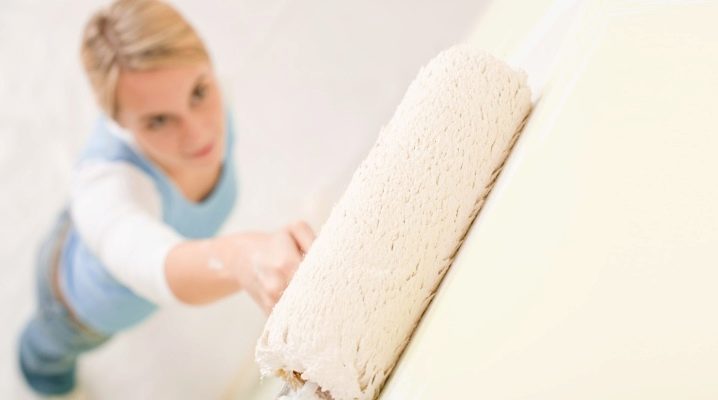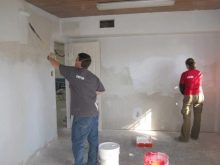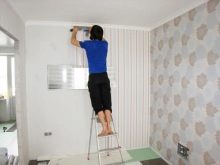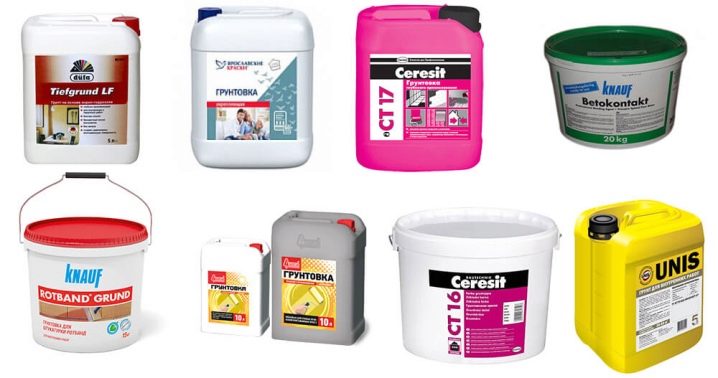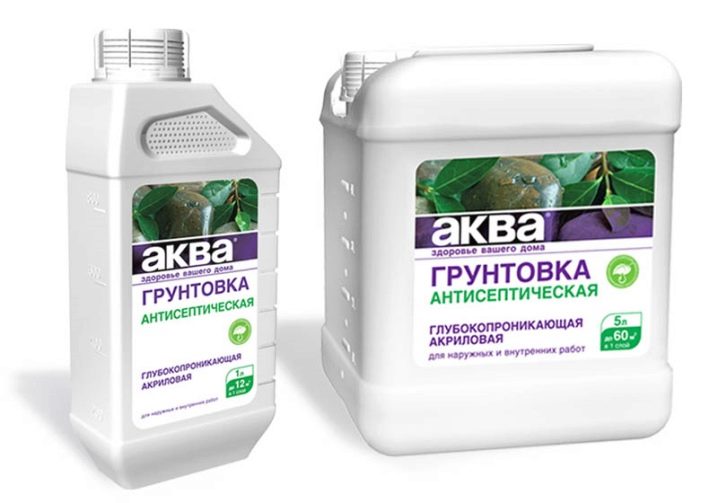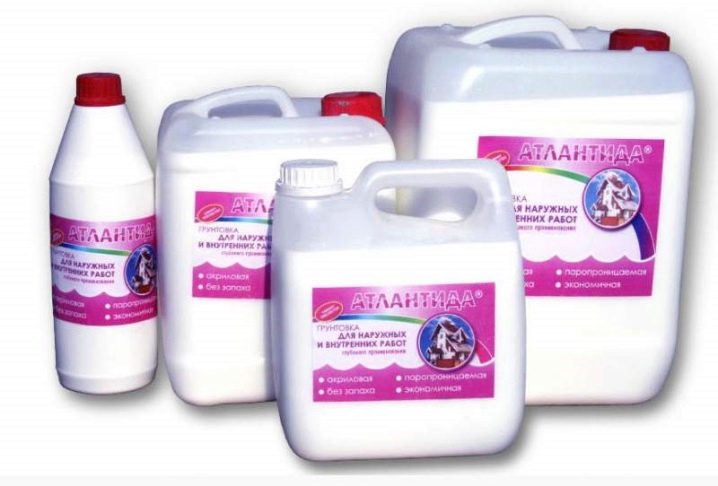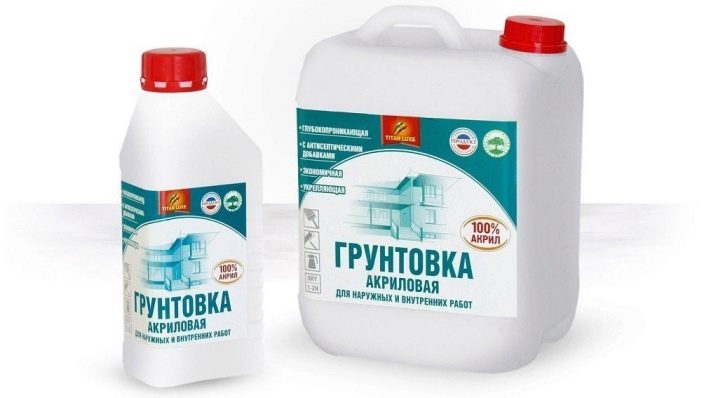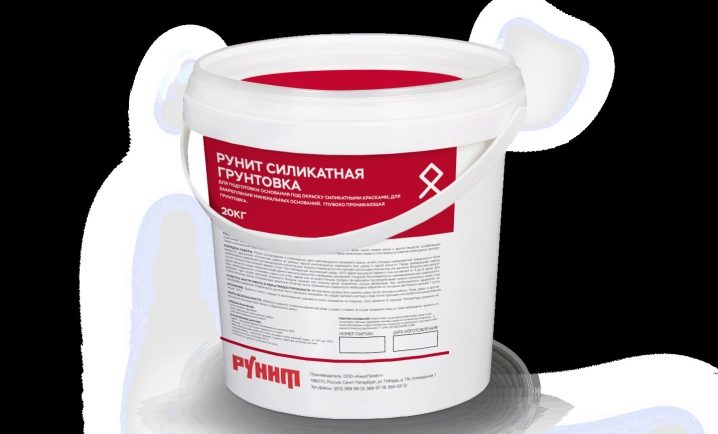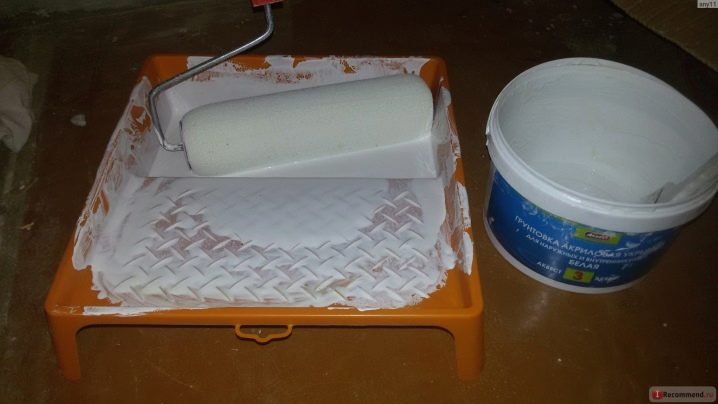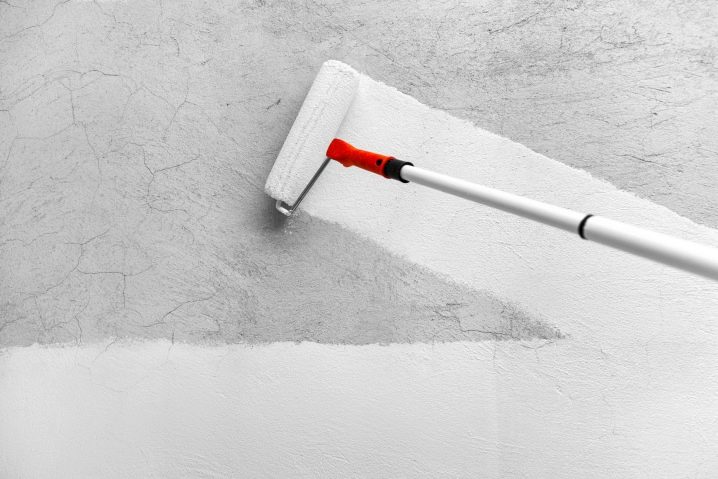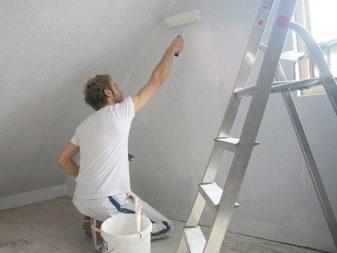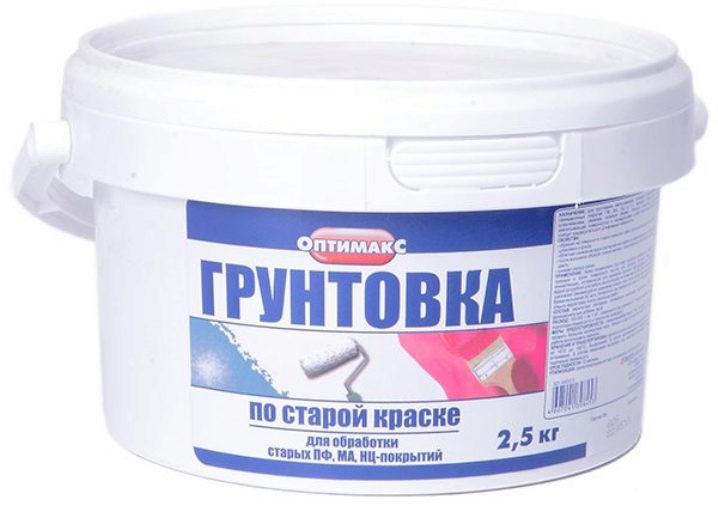How to choose a white primer under the wallpaper?
If you decide to make repairs at home and chose wallpaper as wall decoration, you will need to perform a primer on the walls, which ensures their alignment and also helps to improve the coupling between the wallpaper and the wall. And, of course, it is very important to figure out which primer is best to use.
What is it for?
A white primer for wallpaper (aka primer in another way) is a special base that allows you to easily and reliably stick wallpaper on walls. It is a liquid that, when applied to walls, forms a film. It is thanks to this shell wallpaper is much better and quicker to seize with glue.
White primer has a number of characteristics that improve the quality of finishing works:
- this substance is capable of penetrating deep enough into the material being processed, filling all microcracks;
- using a white primer, you can align the color of the wall, it is of particular importance if you choose wallpaper of light shades;
- This tool allows you to significantly simplify the work of sticking wallpaper, as the finishing material is much better attached to the surface of the walls;
- the drying process of the white primer takes a minimum of time, and also increases the adhesion of materials;
- primer also gives strength to the surface of the material being processed;
- the tool increases the resistance of the surface to mechanical damage;
- has antiseptic qualities - prevents the occurrence of mold and fungal lesions of the walls.
When choosing this tool, it is very important to take into account the type of surface on which it will be applied, the humidity of the room, the quality and type of wallpaper material. Properly selected white primer guarantees you 100% success in sticking wallpaper.
Species
There are a lot of varieties of white primers for sale, so it is important to understand and understand which option is right for you.
Depending on the purpose, there are the following types of white primer:
- Alkyd - it is used for processing surfaces made of reinforced concrete, concrete, metal or wood;
- Polyurethane - it is good to apply to processing of the surfaces subject to strong dustings and poor absorption;
- Acrylic - ideal for processing bricks, plaster, wood, as well as fiberboard and particleboard;
- Latex - it is developed for processing of the surfaces having porous structure;
- Silicate - a universal remedy that can be applied to any surfaces. The only exceptions are materials containing gypsum.
Also white primers are divided into:
- water based products - universal primers;
- antifungal substances;
- anti-corrosive mixtures;
- primers that prevent the growth of harmful bacteria;
- primers with insulating effects;
- substances that can penetrate deep into the material;
- concrete contact means.
Antiseptic primers prevent the occurrence and spread of mold lesions. That is why this tool is great for use in rooms with high humidity - bathroom and kitchen.
Alkyd primer mix under wallpaper prevents the occurrence of corrosive processes, and also gives the basis of strength. This type of soil will be the best option for surfaces in which there are metal elements. Alkyd primers can be used for wood and glass surfaces, as well as fiberboard and particleboard. This tool perfectly withstands strong temperature drops - from the lowest to the highest. Therefore, the tool is used not only in apartments, but also in unheated premises - such as warehouses.
Acrylic paint-primer - a versatile option, and therefore - the most popular and common. This tool is ideal for preparing the surface of the wall for sticking wallpaper. This primer mixture dries very quickly, it is enough to wait on the strength of two hours after application. Another plus is that it has almost no smell.
If you purchased non-woven wallpaper, then the primer for the walls should be exactly acrylic and white.
Silicate primer is ideal for painting surfaces.
Before the wallpaper glueing it is desirable to process one of the following variants of primers - universal, alkyd, acrylic or latex.
Cooking features
In terms of its structure, the primer ready for work can be both liquid and thick. And on sale it can be found already in the finished version, or in the form of a powder that must be diluted independently with water.
It is important when self-priming mixture to achieve its proper consistency. If the product is too liquid, it may be fraught with heterogeneity of its application. Therefore, it is very important to strictly adhere to the instructions for preparing the primer, which is provided by the manufacturer of each specific product.
How to choose and apply?
For the selection and application of primer there are certain rules:
- when choosing a primer for wallpaper, be sure to consider the type of walls, the type of wallpaper and all other factors that may affect the choice of the substance;
- If you have already found a suitable type of primer, ask the seller to give you a sniff before you buy it. You need to make sure that it does not smell like glue, because otherwise you probably have a fake;
- when calculating the required amount of primer material, it is necessary to proceed from the fact that approximately 0.15 l of primer mixture will be needed per square meter;
- acquire only high-quality soil, since the quality and durability of the repair will depend on it;
- after applying a primer to the walls, it is necessary to wait until it is completely dry;
- Apply primer in at least two layers.
Before applying the second layer, wait until the first one dries completely.
Reviews
On the Internet you can find a lot of reviews about different types of primers from different manufacturers. Therefore, before buying any funds, read the reviews on working with him.
In general, users are very pleased with the decision to prime the walls before sticking wallpaper. Many share their experiences, and write that without the use of a primer mixture wallpaper is much worse glued. Another unpleasant moment that many people say - if you chose light colored wallpaper and did not pre-wall the walls, the wall can shine through and change the hue of the wallpaper in this way - for example, make the wall decoration darker. The use of a white primer - according to user experience - completely solves all these problems.
Among the manufacturers of primer mixes, many buyers praise the means "Optimax".They write that they have an excellent consistency and are uniformly applied to the surface of the walls. To stick the wallpaper on top of this primer, in the opinion of many people, is also quite easy, while the finishing coatings are attached to the wall very firmly and securely.
All about primer: types, errors, secrets of materials and tips from a professional, see the following video.
